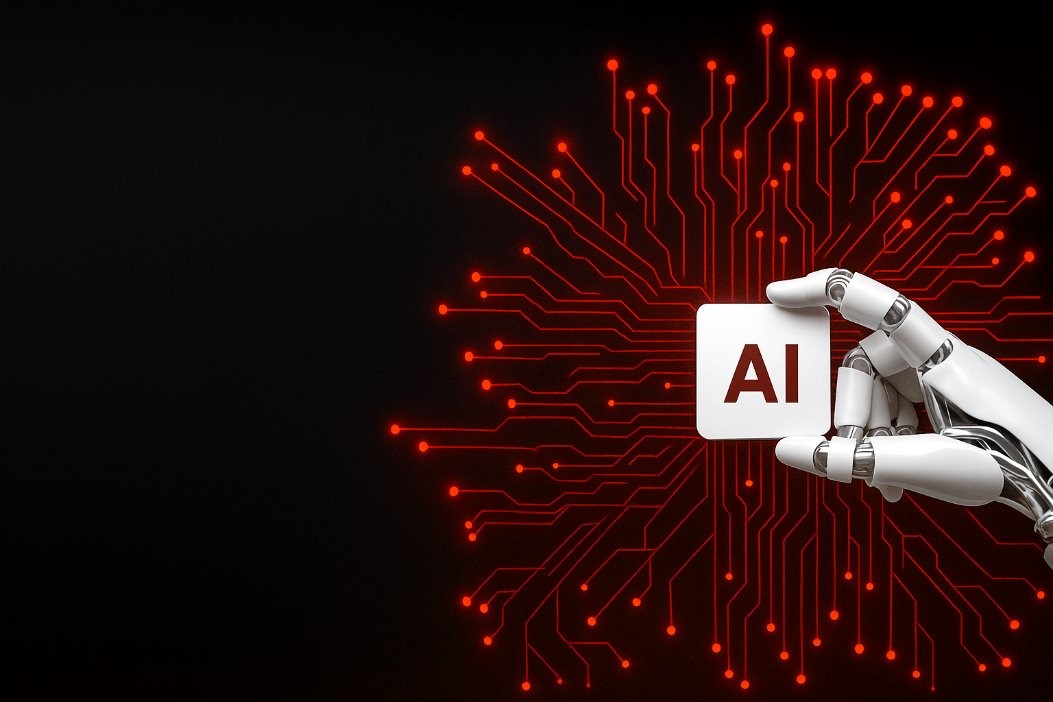As we recognize Global Accessibility Awareness Day (GAAD), we must go beyond awareness and take action toward lasting inclusivity. One of the most foundational principles of Universal Design is Equitable Use, ensuring that everyone, regardless of ability, has equal access to spaces, services, and technology. By embedding this principle in everyday life, we create environments that empower all individuals, not just those with disabilities.
What is Equitable Use?
Equitable Use ensures that products, services, and environments work for everyone in the same way, without requiring separate solutions or accommodations. It promotes fairness, inclusivity, and dignity, ensuring that all individuals can engage independently and without barriers.
Why Equitable Use Matters for Everyone
Removes Barriers for All
-
- Accessibility benefits extend beyond people with disabilities, features like automatic doors, voice-activated controls, and clear signage improve usability for everyone.
Empowers Independence
-
- Designing equitably means people can navigate spaces, services, and digital platforms without needing special assistance—fostering confidence and autonomy.
Encourages Social Inclusion
-
- Equitable Use ensures that no one is excluded due to physical, cognitive, or sensory differences, leading to more diverse and welcoming communities.
Benefits Aging Populations
-
- As people age, they experience changes in mobility, vision, and hearing. Equitable designs allow them to remain engaged in everyday activities without difficulty.
Supports Temporary Disabilities
-
- Accessible features, such as ramps and one-handed controls, help individuals recovering from injuries or experiencing temporary limitations.
Enhances Business Success
-
- Companies that implement Equitable Use principles create positive customer experiences, increasing trust, loyalty, and engagement across all demographics.
Real-World Examples of Equitable Use
- Accessible Pharmacy Counters: Designed at heights that accommodate both standing and seated customers.
- Digital Platforms with Screen Reader Compatibility: Ensuring websites and apps work seamlessly for users who rely on assistive technology.
- Inclusive Public Spaces: Ramps, automatic doors, and seating areas that support mobility for all individuals.
- Medication Packaging with Clear Labels: Large-print, high-contrast instructions that benefit older adults and individuals with visual impairments.
GAAD reminds us that awareness alone isn’t enough, we must commit to accessibility every day. Starting with Equitable Use, we can ensure fair and inclusive experiences for everyone, whether in healthcare, digital spaces, or public environments. Let’s take action today by advocating for Universal Design that serves all people because accessibility should be built-in, not an afterthought.
Let’s celebrate GAAD by making inclusivity an everyday priority!

